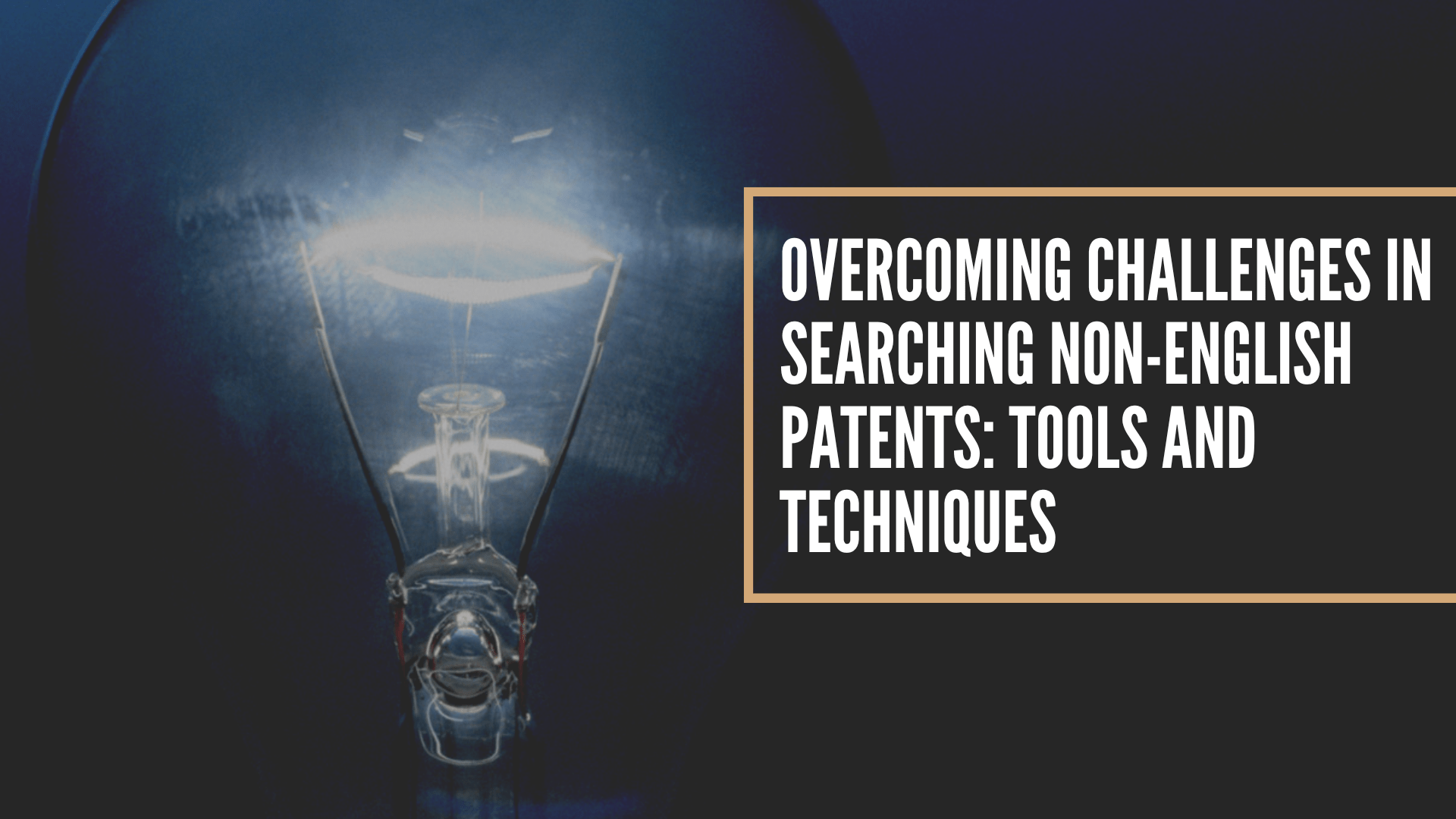+1-267-855-3990
Email us:
+1-267-855-3990
Email us:
With a decade of experience and qualified researcher we help companies reach their IP protection goals. IP Brigade is a values-driven consulting agency dedicated to support IP law firms, corporations and inventors with topnotch results.
In today’s globalized innovation ecosystem, searching for patents across different languages is a crucial task. However, non-English patents pose unique challenges that can impede comprehensive searches. With a significant proportion of global patents filed in languages other than English, innovators, legal professionals, and businesses must adopt specialized tools and techniques to ensure accurate and efficient results.
Non-English patents constitute a substantial portion of global intellectual property. For example:
Many groundbreaking innovations originate in countries like China, Japan, and Germany, where patents are often filed in native languages.
Overlooking non-English patents can lead to incomplete searches, increased risk of infringement, and missed opportunities.
Conducting comprehensive searches that include non-English patents ensures:
Effective freedom-to-operate (FTO) analysis.
Identification of emerging trends in global markets.
Accurate assessment of prior art.
1. Language Barriers
Patent databases contain records in multiple languages, each with unique terminologies and nuances. Translating technical terms accurately is a significant challenge, especially in highly specialized domains.
Machine-translated patent texts often lack the precision required for detailed searches, leading to:
Misinterpretation of claims.
Missed relevant patents.
Different countries use distinct legal and technical terminologies, complicating the search process.
Not all patent search tools support multi-language queries, restricting access to non-English databases.
Patent information is often scattered across regional databases, each with varying levels of accessibility and search functionality.
Utilize databases that support multi-language searches, such as:
Espacenet: Offers access to patent documents in multiple languages with translation tools.
WIPO PATENTSCOPE: Provides multilingual search capabilities across global patent filings.
Google Patents: Includes non-English patents with machine translation features.
Leverage AI-based translation tools to improve accuracy and efficiency:
DeepL Translator: Known for its high-quality translations, particularly for technical texts.
Google Translate: Useful for quick translations but may require human verification for accuracy.
Patent Translation Engines: Specialized tools designed for translating patent-specific terminology.
Platforms like Derwent Innovation and PatSnap combine advanced search algorithms with multilingual capabilities, allowing users to:
Search patents in native languages.
Translate and analyze results seamlessly.
Utilize international classification systems like IPC and CPC to identify relevant patents across languages. These systems categorize patents based on technology, providing a universal reference point.
A U.S.-based company successfully identified relevant prior art in Chinese patents by using AI-powered translation tools and consulting with local patent attorneys. This approach prevented potential litigation and saved significant resources.
By leveraging multilingual databases and classification codes, a biotech firm uncovered critical non-English patents in Germany, enabling a successful FTO analysis.
WhatsApp us
